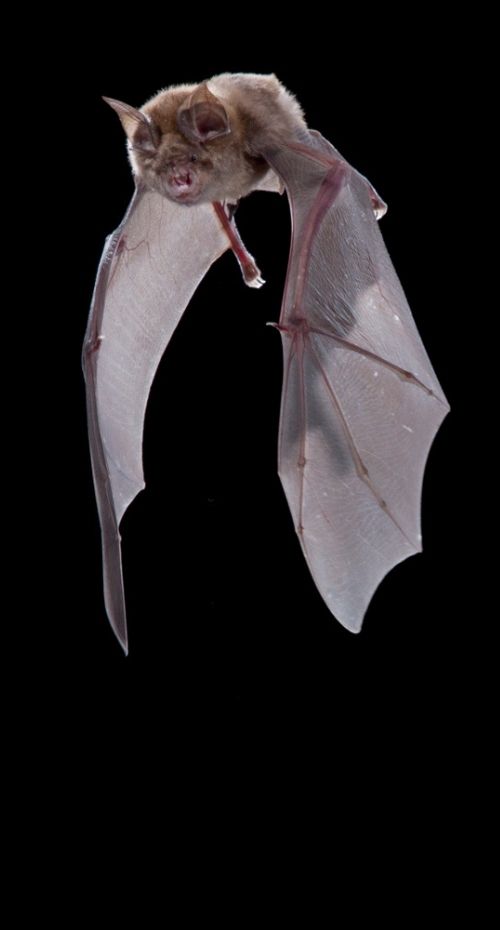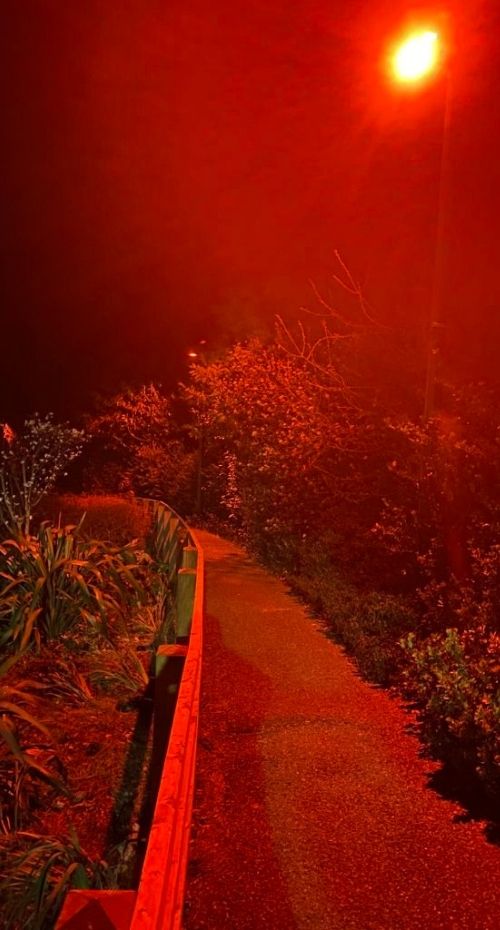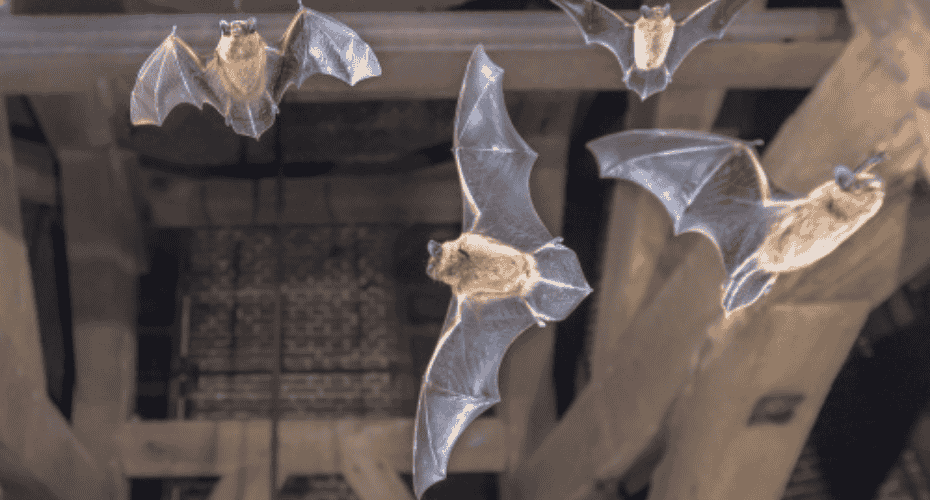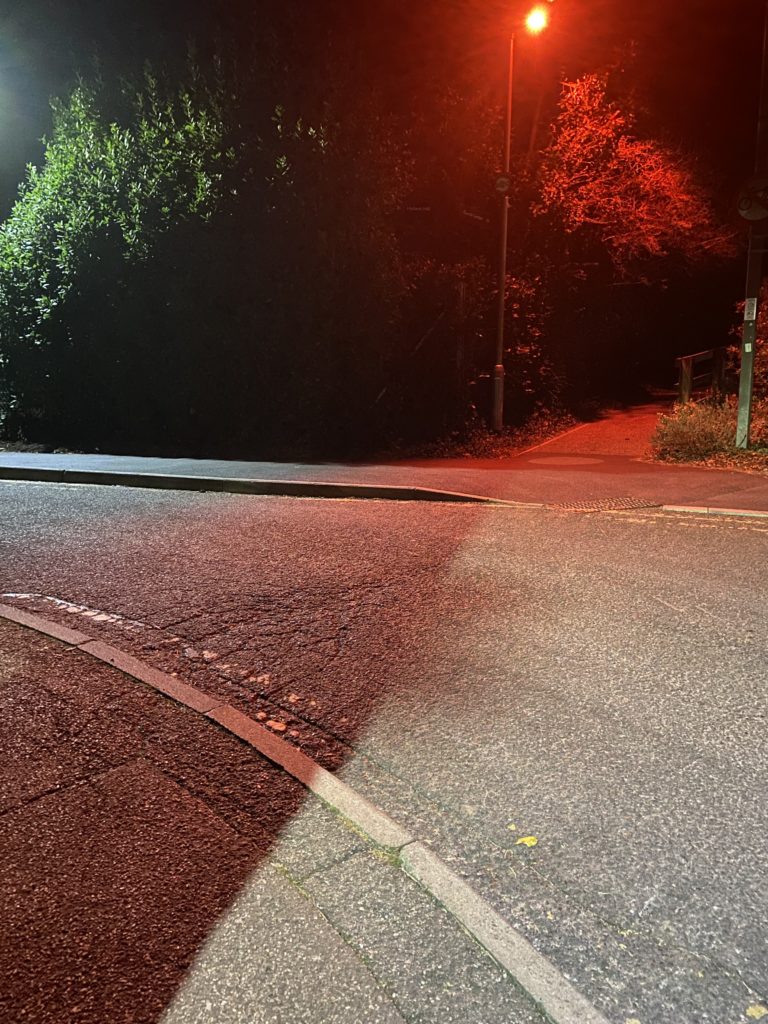
We have had several projects come together to provide us with an opportunity to try some new wildlife friendly lighting on campus.
As part of our plans to reduce our carbon emissions, the Estates and Sustainability teams are reviewing the internal and external lights around campus, and looking to replace high energy lights with lower ones.
We are also really lucky to have 10 species of bat on the Streatham Campus, including some which are rare in Britain such as the Lesser Horseshoe Bat and the Greater Horseshoe Bat.
These species are found near the IAIS (Institute of Arab and Islamic Studies) building and as some lights needed replacing anyway, we are trying some wildlife friendly red lights.

All UK bat species are prolific insect-eaters – a pipistrelle bat can get through 3,000 insects in a night, and their bodies are smaller than a thumb! Bats come out to feed at night, using their echolocation to find food and navigate. They roost during the day in using cracks, crevices and dark spaces – which may be in trees, or commonly in buildings.

A bit like us, bats have very poor night vision – some bats are more sensitive to light than others. Light pollution at night may stop them from feeding, from travelling to feeding areas, and in extreme cases from leaving and entering their roosts, with really bad outcomes for the bats.

Bats do have different vision to us – to them red lights can appear almost the same as darkness, whereas for humans, red lights can in some ways help, as the reduced brightness preserves ‘night vision’, which is why astronomers use red lights.
It’s really important that people are, and feel, safe on campus at night, and we would like to know how changing the colour of the lights affects this. If you have seen or used the path recently, we would be really interested to hear your views – please fill in our survey.
Note that the survey is anonymous – if you would like us to respond to you please contact sustainability@exeter.ac.uk
